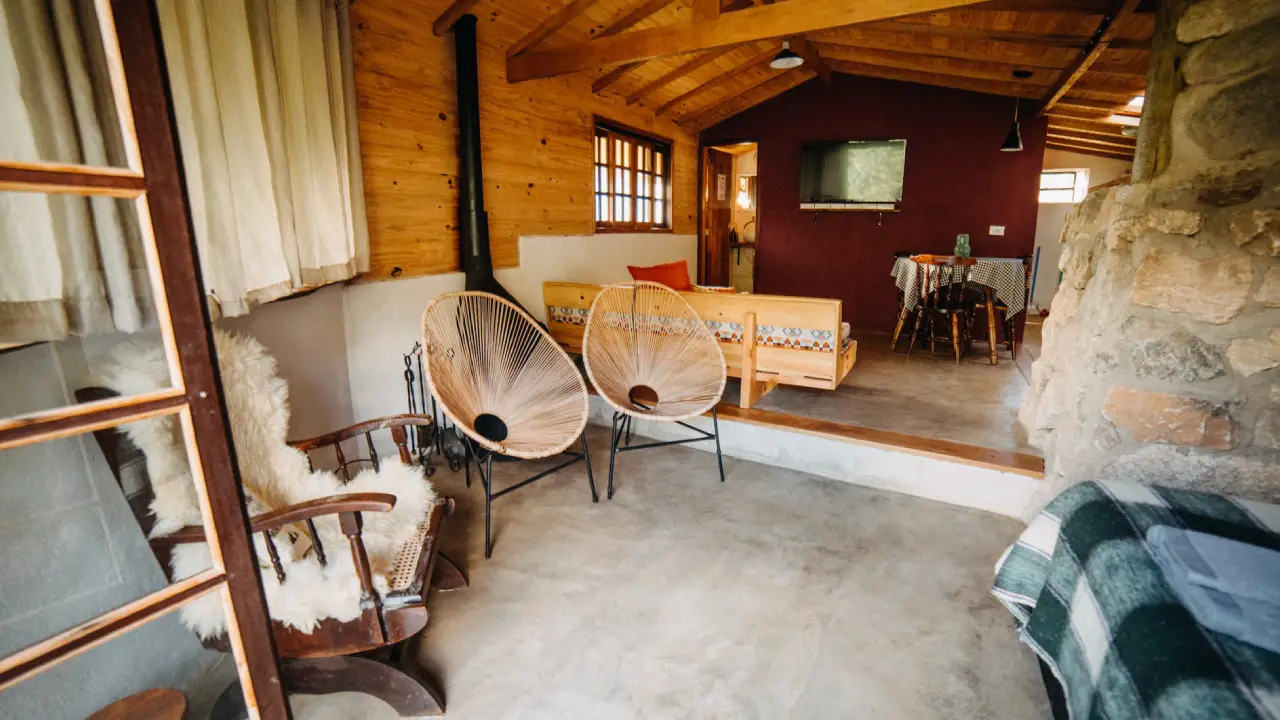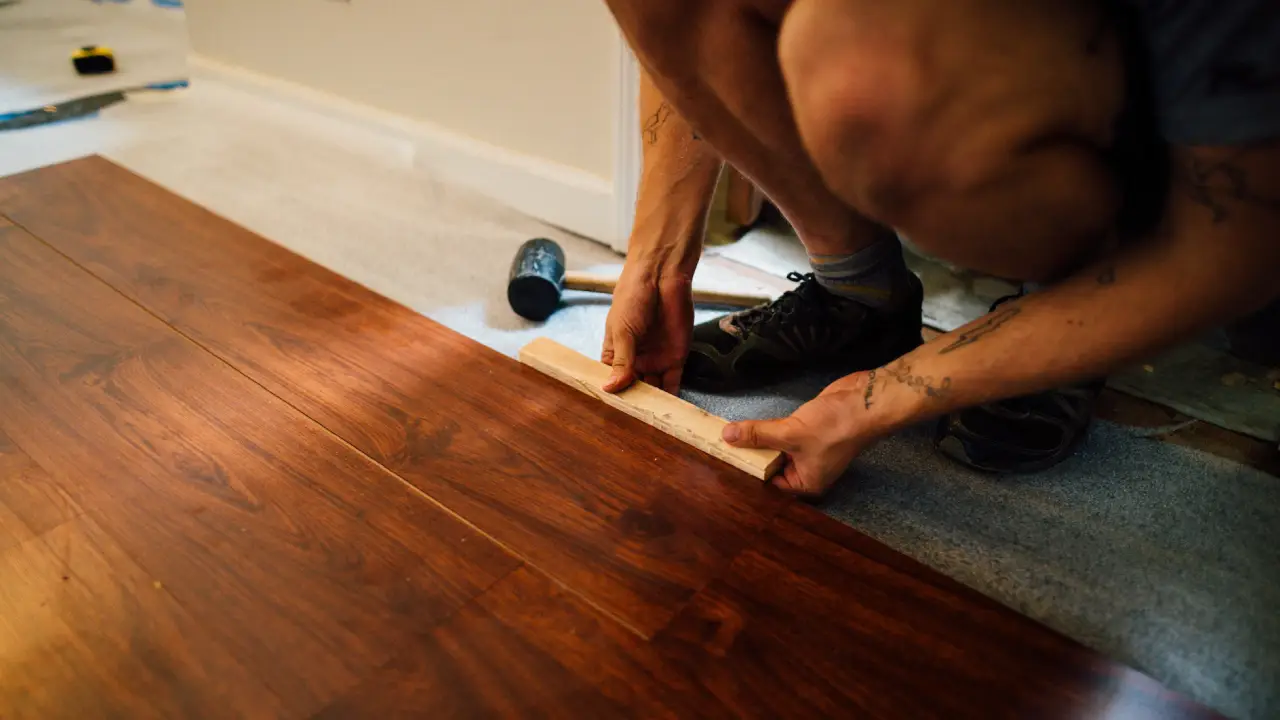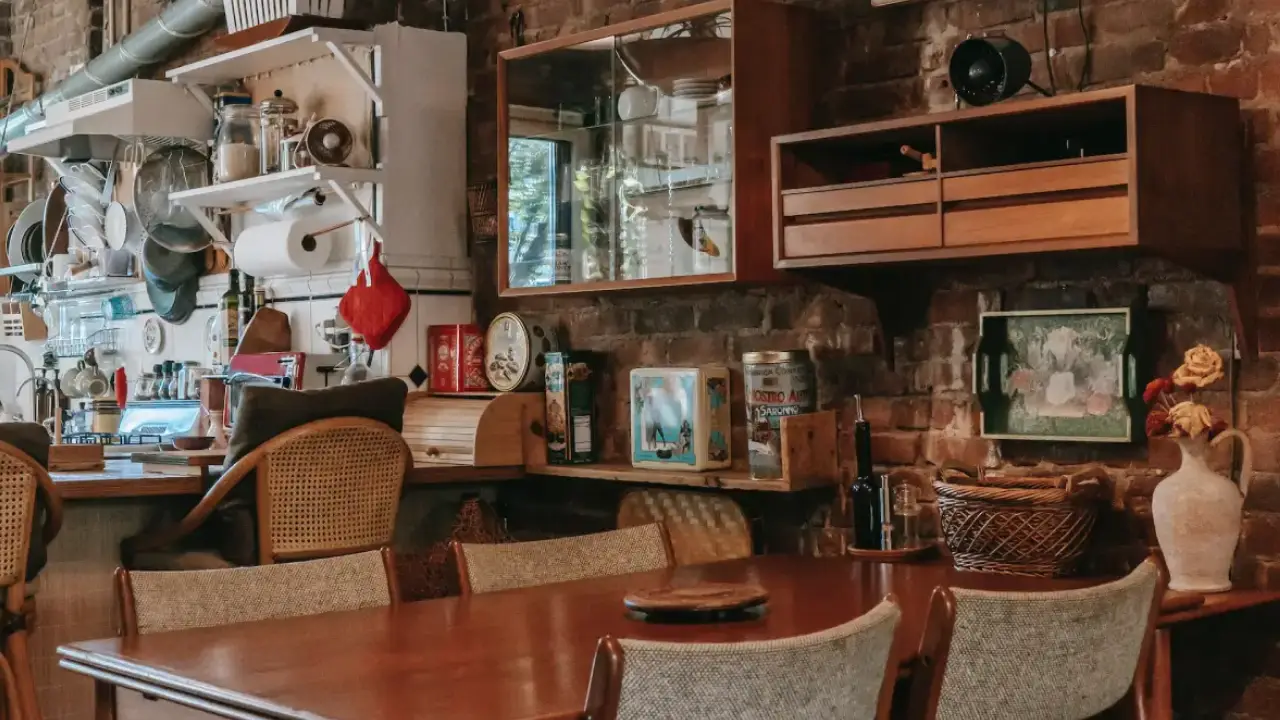When revamping your home, flooring decisions play a huge role in setting the tone for the entire space. Whether you’re aiming for warmth, luxury, or durability, your choice of flooring can make or break the look and feel of your home. With so many options available, it can seem daunting to figure out the perfect fit. This guide will help you navigate the selection process so you can find a floor that seamlessly complements your décor while also meeting practical needs.
Consider Your Lifestyle First
Before diving into the aesthetics of flooring, it’s essential to reflect on your daily lifestyle and household needs. Do you have kids running around or pets that occasionally make a mess? Are you someone who enjoys hosting guests frequently, leading to high foot traffic? Or do you prefer a quiet, low-maintenance home?
For example, if you have a house full of active children, a plush carpet might be a no-go as it can be hard to clean. On the other hand, vinyl flooring or laminate could be perfect for its durability and ease of maintenance. If you live in a region where the weather fluctuates, you might need a material that can withstand temperature changes without warping.
When a friend of mine remodeled her home, she realized that her initial choice of hardwood flooring wouldn’t hold up against her playful dog’s claws. She ended up opting for luxury vinyl planks that mimic the look of wood but are more resistant to scratches and wear. This saved her from constant touch-ups and ensured her home stayed beautiful.
Define Your Style and Aesthetic
Flooring doesn’t just need to be functional; it should also contribute to the style and personality of your space. Start by considering the overall theme of your home decor. Are you going for a modern, minimalist look, or do you prefer something more rustic and traditional? Each flooring material brings its own character to the room.
For a sleek, contemporary vibe, large-format tiles, polished concrete, or glossy finishes are often the go-to. These options create a clean, uninterrupted flow that works well in open-concept spaces. Conversely, if you’re leaning towards a cozy, traditional ambiance, hardwood floors in rich tones like walnut or oak add warmth and texture. Rugs can also be layered for extra softness and color coordination.
A friend of mine once opted for terracotta tiles for her Mediterranean-style kitchen. She shared how they instantly gave the space a charming, earthy feel that complemented her handmade wooden cabinetry. By matching the floor to the décor, she managed to create a cohesive, well-thought-out environment.
Choose Based on Durability
Durability is a factor that should not be underestimated. High-traffic areas such as hallways, kitchens, and entryways need flooring that can withstand daily wear and tear. Hardwood may look timeless and elegant, but it’s prone to scratches and dents. For these high-traffic zones, tile, laminate, or engineered wood are often better options.
In a story from a client’s renovation, she wanted to install carpet throughout her entire home. However, after considering her family’s habit of wearing shoes indoors and the potential for spills in the kitchen, she changed her mind. She chose ceramic tiles for her kitchen and foyer but installed carpet in the living room and bedrooms for comfort.
Budget Considerations
Flooring options range significantly in price, so establishing a budget early on can save you time and help you make more focused decisions. You might fall in love with the appearance of natural stone, but that could blow through your budget faster than expected. Luckily, there are several cost-effective alternatives, such as porcelain tile that mimics marble or laminate that resembles hardwood.
In my own experience, I remember helping a friend remodel her living room. She loved the appearance of high-end oak hardwood but couldn’t stretch her budget that far. Instead, she found a beautiful laminate with an oak finish that gave her the luxurious look she wanted without the hefty price tag.
Room-Specific Flooring Choices
Each room in your home serves a unique purpose, so consider how you use each space when picking flooring.
Living Room:
As the heart of the home, your living room should reflect comfort and style. Hardwood is a popular choice here due to its versatility and warmth, but large, soft area rugs are often added for coziness. For a more modern approach, polished concrete floors paired with contemporary furniture can also create a chic vibe.
Kitchen:
Kitchens are prone to spills and foot traffic, so you’ll need something durable, water-resistant, and easy to clean. Ceramic tiles, vinyl, and laminate are all excellent choices for this space. These materials are not only resistant to moisture but also come in various styles to fit any décor.
Bathrooms:
Due to high humidity levels, you need moisture-resistant flooring in bathrooms. Porcelain or ceramic tiles are common choices, but waterproof vinyl has recently become a trendy option due to its affordability and the variety of designs available.
Bedrooms:
This is where comfort reigns supreme. Many homeowners choose carpet for its softness underfoot, but hardwood or vinyl with a plush area rug can give bedrooms a modern look while maintaining warmth.
Sustainability and Eco-Friendliness
More homeowners are now considering eco-friendly flooring options. Bamboo, cork, and reclaimed wood are excellent choices for those looking to reduce their carbon footprint. Not only are these materials sustainable, but they also offer a unique look that brings a natural element into the home.
Cork, for example, is harvested from the bark of cork oak trees, allowing the tree to regenerate. Bamboo, which grows faster than traditional hardwood trees, is another popular renewable option. One family I worked with decided to go with cork flooring in their basement, where the kids often play, because of its soft, shock-absorbent nature.
Installation and Maintenance
Some flooring types are easier to install and maintain than others. If you’re planning on a DIY project, you might want to go with click-together vinyl planks or laminate flooring, which don’t require special tools. Hardwood and tile, on the other hand, often need professional installation.
Beyond installation, consider the long-term care of your flooring. Hardwood, while beautiful, requires regular refinishing and can be prone to water damage. Carpets need frequent vacuuming and deep cleaning, while tile and laminate are typically easier to maintain.
I recall a homeowner who loved the look of dark hardwood but found the upkeep daunting due to dust and scratches that were quickly visible. After much deliberation, she decided on lighter engineered wood, which offered a similar aesthetic without as much maintenance hassle.
Making the Best Decision
Choosing the right flooring for your home can seem overwhelming with all the options available, but by considering your lifestyle, budget, and aesthetic preferences, you can make a decision that enhances both the beauty and function of your space. Keep in mind that flooring is an investment, so it’s worth taking the time to choose something that not only looks great but also meets your practical needs.
Now that you have a better idea of what to consider, go ahead and explore different samples, take your time with research, and make sure to match your flooring with the overall décor of your home. The perfect floor is out there, ready to transform your home into a beautiful, functional space.
Do you have any flooring stories or tips of your own? Share them in the comments below! We’d love to hear your experiences and learn from your insights.





